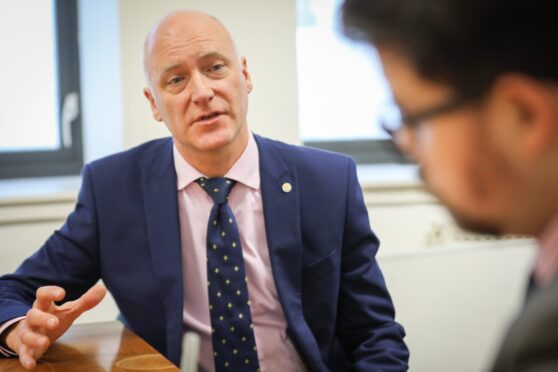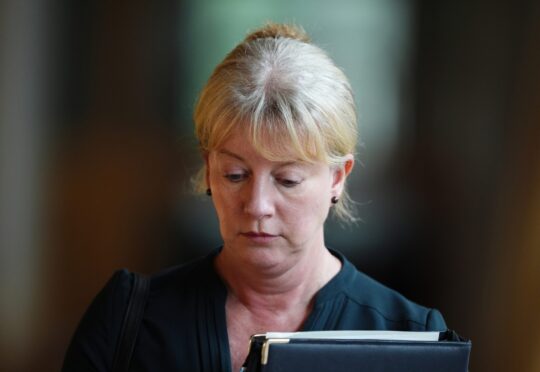The decline in attainment at Scottish secondary schools over the last five years is the steepest since modern records began in 1965, says a Dundee professor.
Jim Scott said the impact is falling “most heavily on the least able”, adding pupils have not been given the education they were promised from the Curriculum for Excellence.
The former headteacher in Fife and Perthshire said overall attainment at SCQF levels 3-5, which includes Nationals, has dropped between 2013 and 2018 by more than a third (34%), about half of which can be attributed to restricted subject choice.
Professor Scott said there has been “no such significant decline, particularly in such a short period” in Scottish education “since modern’ records began in 1965”.
The honorary professor at Dundee University said: “To this significant overall decline must be added the concern that the negative impact of CfE and ‘new’ National Qualifications appears to have fallen most heavily on the least able and parts of the group of average ability.
“This is clearly not an outcome in line with the Scottish Government’s policy of improving equity and closing the poverty-related attainment gap.”
Since the National Qualifications replaced Standard Grades five year ago the number of exam passes has dropped from 499,914 to 330,952.
The Scottish Government said comparisons between 2013 and 2018 must be treated with caution because of changes to formats.
Professor Scott’s research on the impact of CfE on enrolment and attainment also highlights how pupils face a “postcode lottery” on subject choice as schools offer fewer options.
His study showed students could take six subjects at S4 in Dundee and Angus, compared with seven in Perth & Kinross and between five and eight in Fife.
Previously, eight subjects was seen as the standard offer.
>> Keep up to date with the latest news with The Courier newsletter
In a survey by Holyrood’s education committee last year, about three-quarters of schools said teacher shortages were a factor in reducing the number of subjects they can offer.
Professor Scott said he was part of the “sales force” for CfE and still believes it can be delivered.
He added: “It would be wise, however, for anyone connected with CfE to accept that five cohorts of learners have received far less than the benefits envisaged by Scottish education through CfE. This cannot continue unchanged.”
Deputy First Minister John Swinney said: “Our focus is on a young person’s achievement at the end of their senior phase, not just within a single year, and the long term trend shows a greater proportion of young people staying on at school beyond S4.
“Studying for fewer qualifications means more time for learning and teaching in the subjects that are being studied. It also means more time for studying for awards other than ‘traditional’ national qualifications.
“Young people are gaining a broader range of qualifications and the proportion of them leaving school with qualifications has increased in recent years.”










